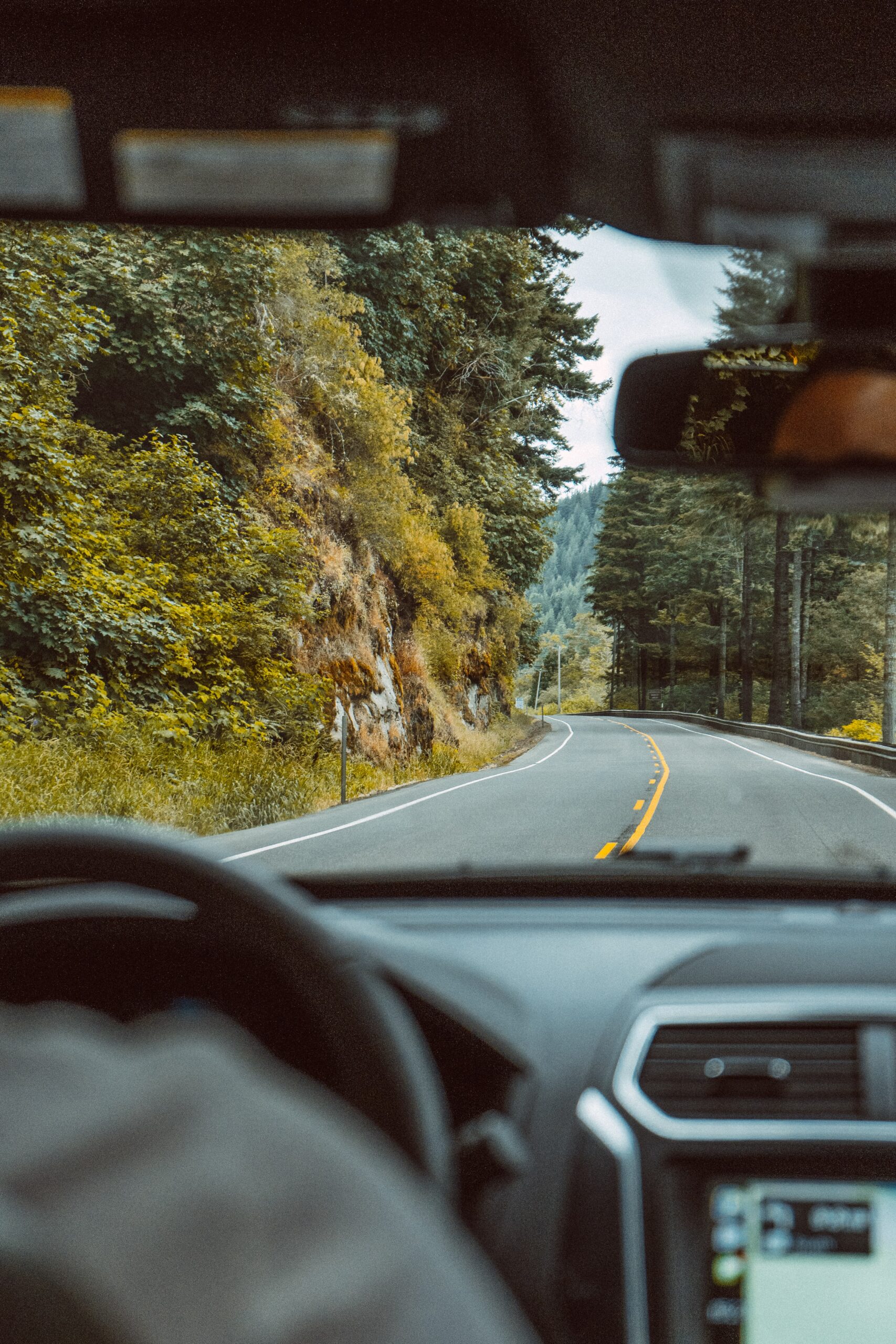Where Americans Unite and Divide Around Driving
Americans’ “love affair with the automobile” dates back to at least the mid-twentieth century. The first car is still a rite of passage for many teens, as chronicled recently by The New York Times. Even as vehicles take new and different forms — hybrid, electric — and people delay getting licenses, the ability to drive is still a uniting force for most of the country.
Two trends have held across communities: The automobile was the most popular kind of vehicle driven and errands were the most popular reason for driving, according to the fall 2021 MRI-Simmons survey broken into the 15 county types in the American Communities Project. In this breakdown, a variety of rural communities held an outsized preference for driving trucks. Affluent Exurbs as well as middle-income Aging Farmlands and LDS Enclaves were more likely to report commuting to work as a primary reason for driving. Clearly, communities of all sizes felt the economic pain of sky-high gas prices in the past year.
Licensed Drivers Across Communities
Nationwide, more than 90% (92%) of Americans age 18 and above said they have a valid driver’s license, according to the latest MRI-Simmons survey. There is general unity across the 15 types, with most near the 100 average index score. Standing out are the Aging Farmlands, among the most sparsely populated types of places, based in the Central and Great Plains. With a score of 106, residents are 6% more likely than average to have a driver’s license.
What Kind of Vehicle
When it comes to the type of vehicle driven, the most popular fit into three broad categories: automobile (72%), sport/utility vehicle (21%), and regular pick-up (11%). The next three fell much below that, but rank more likely than average in certain kinds of places. Overall, 4% of Americans reported that they drive a minivan, 3% a motorcycle, and 3% a heavy duty truck.
Rural communities throughout the country have distinct tastes in vehicles. For instance, middle-income Aging Farmlands and lower-income Native American Lands said they drive heavy duty trucks at more than two times the average. Middle-income LDS Enclaves and Rural Middle America as well as lower-income Working Class Country and Evangelical Hubs were also more than 50% above average to drive these.
Regular pick-ups were another type popular in these parts. Evangelical Hubs, Rural Middle America, Working Class Country, and Aging Farmlands all stood at least 50% above average.
The minivan was at least 20% more likely to be driven than average in a mix of rural and suburban communities: Aging Farmlands, Evangelical Hubs, Rural Middle America, Working Class Country, Middle Suburbs, and Exurbs. Among the communities, Exurbs stand out for having a growing child population, according to the American Communities Project's analysis of the 2020 census.
Why People Drive
The No. 1 primary reason Americans said they drive is to run errands at 58%. Coming in neck-and-neck for second and third were leisure at 47% and commute to work at 46%. The rural western LDS Enclaves and Aging Farmlands as well as Graying America stood out for above average scores for errands and leisure. Aging Farmlands, Exurbs, and LDS Enclaves stood out for above average scores on commuting to work.
Driving Distance in a Year
On miles driven, the most popular amounts fell into three categories: 16% of Americans said they drove between 10,000 and 14,999 miles in the last 12 months, 13% said between 5,000 and 7,999 miles, and 13% said between 1,000 and 2,999.
Perhaps not surprisingly, residents of middle-income rural white communities — Aging Farmlands and Rural Middle America — reported driving more miles than average. The affluent Exurbs were also notably more likely than average to drive more. Rural communities of color — the African American South and Hispanic Centers — were less likely than average to drive more miles.
